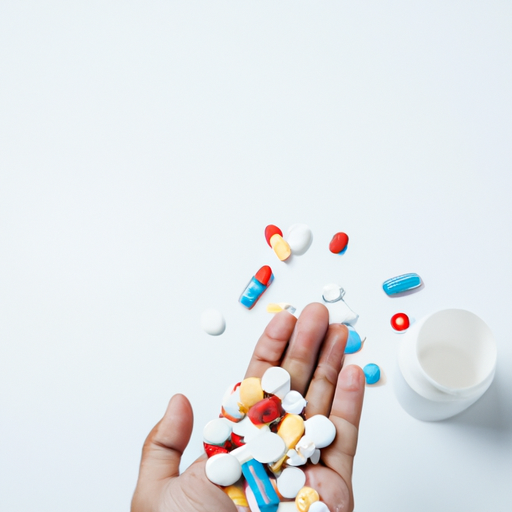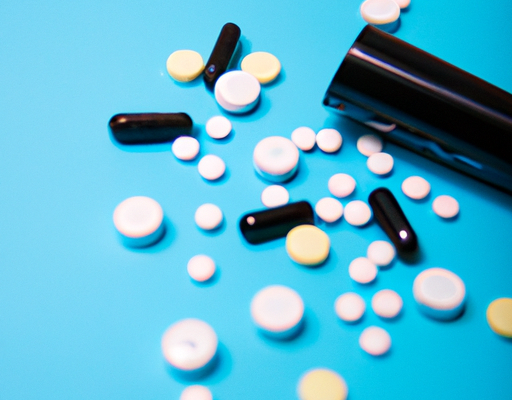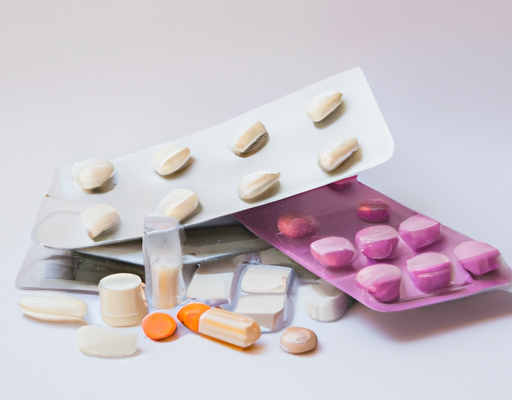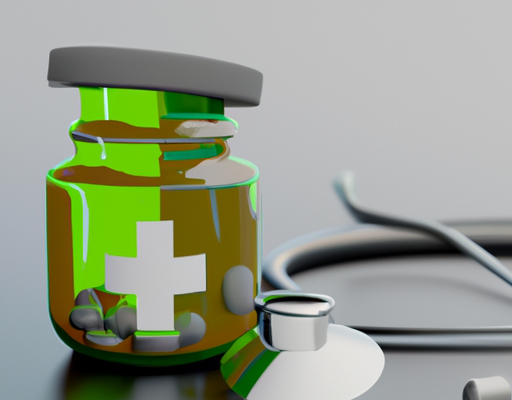Common causes
Having a rash is a common condition that affects people of all ages. Skin rashes can be caused by many things, and they can range from mildly annoying to seriously painful. Common causes of rashes can be from environmental triggers like exposure to extreme temperatures, insect bites or stings, or contact with an allergen. It is also possible for chronic skin conditions, such as eczema or psoriasis, to cause rashes. In some cases, an underlying medical condition or an infection may be the cause of a skin rash. It is important to speak with your doctor if you experience a rash to determine its cause and to discuss the best treatment plan.
Symptoms
When it comes to skin rashes, there are many possible symptoms, and they can be very different from person to person. Some of the most common symptoms of skin rashes include:
- Itching or burning sensation
- A red or pinkish patch or spots on the skin
- Papules or small raised bumps
- Dry, scaly or flaky skin
- Bumps that ooze, blister or become crusty
It is important to remember that some skin rashes may also be accompanied by other symptoms, such as swelling, fever, joint pain or headaches. It is always best to seek medical advice if you are concerned about any type of skin rash.
Treatments
There are several treatments available for common skin rashes. It is important to seek medical advice to determine the cause and the best treatment option. Depending on the type, location and severity of the rash, treatments can range from self-care remedies to prescription medications. Here are some ways to treat skin rashes:
- Cool compresses – Using a cool compress can help reduce inflammation and itching.
- Moisturizers – Applying a moisturizer to the affected area can help relieve itching and dryness.
- Over-the-counter medications – Antihistamines, hydrocortisone creams, and anti-itch creams can help reduce itching and inflammation.
- Prescription medications – Your doctor may prescribe stronger medications, such as topical steroids, for more severe skin rashes.
- Light therapy – Phototherapy, or light therapy, may be used to treat chronic skin conditions such as psoriasis and eczema.
- Immunosuppressant medications – These medications can help reduce inflammation and itching in cases of severe skin rashes.
It is important to seek medical advice before starting any treatment for skin rashes. Self-care remedies may help in mild cases, but more severe cases may require stronger medications and light therapy.
Prevention
Preventing skin rashes can be tricky, as the causes of them can vary from person to person and are often difficult to identify. However, there are a few steps one can take to reduce the risk of developing a rash. Firstly, it is important to practice good basic hygiene, such as washing regularly with a mild soap and changing out of sweaty clothes after exercise. Secondly, try to avoid exposing your skin to irritants such as certain fabrics and harsh chemicals. Additionally, using a moisturizer regularly can help keep your skin hydrated and reduce the risk of developing a rash. Lastly, if you have a skin rash that won’t go away, be sure to make an appointment with your doctor to get a proper diagnosis. Taking these basic steps can help you to prevent the development of skin rashes and keep your skin healthy.





No Comments